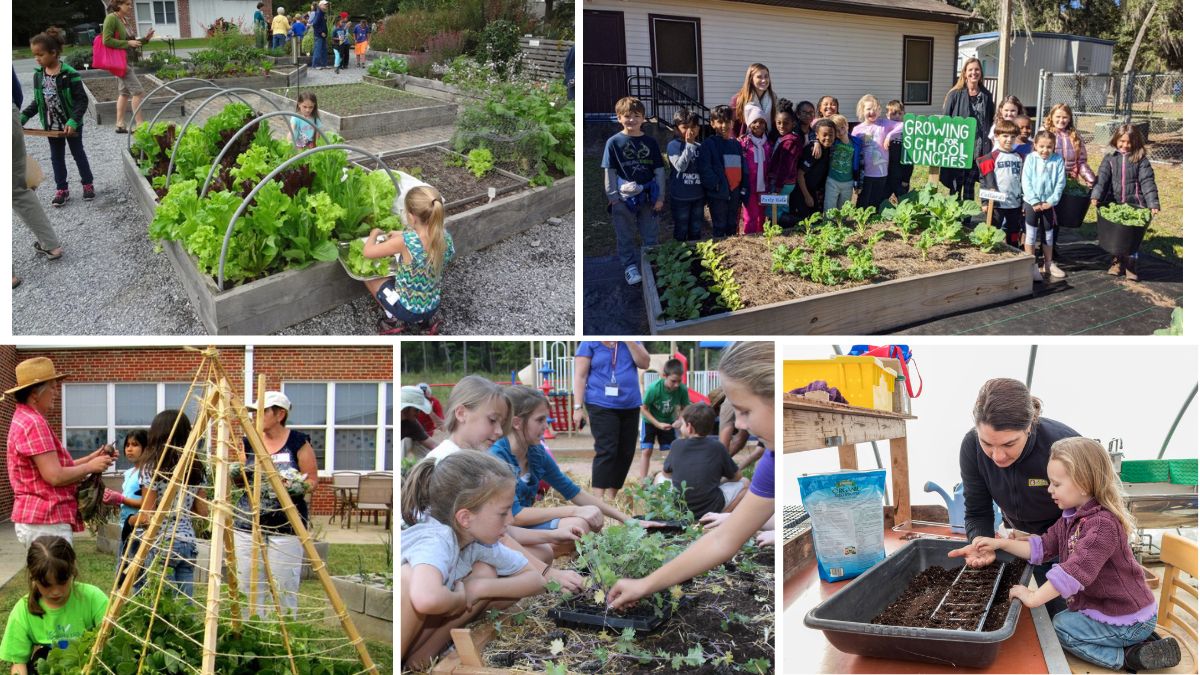In recent years, the push for experiential learning and environmental awareness has sparked a global movement: school gardens. These outdoor classrooms combine practical horticulture with cross-disciplinary education, giving students the opportunity to engage with science, math, nutrition, sustainability, and social skills in a hands-on way. A well-designed school garden curriculum can dramatically enhance student learning, improve well-being, and instill lifelong habits of healthy living and environmental stewardship. This article provides a step-by-step guide to creating an effective and attractive school garden curriculum, including key components, teaching strategies, integration ideas, and implementation tips.
1. Why a School Garden Curriculum Matters
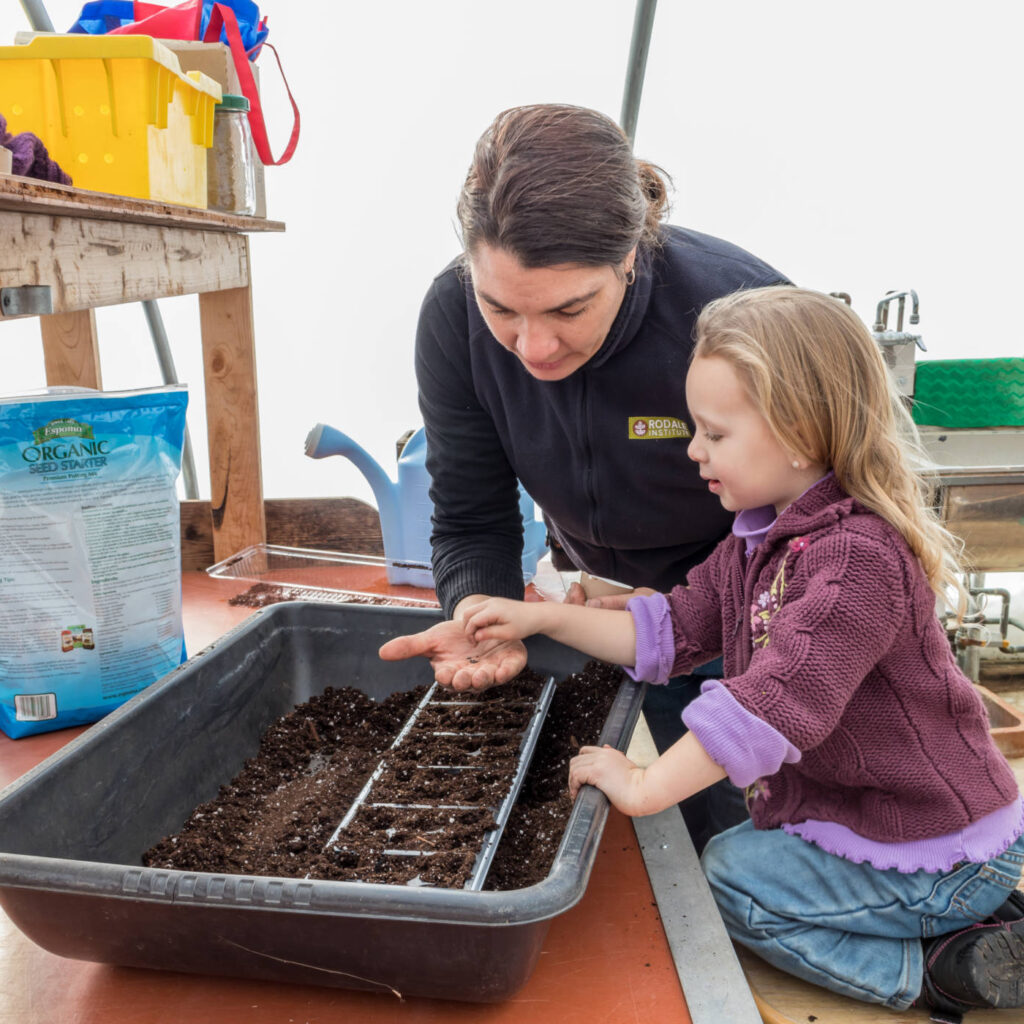
Before diving into the design process, it’s important to understand why such a curriculum is valuable:
- Improves academic performance: Studies show that students who participate in school garden programs tend to perform better in science and environmental studies.
- Encourages healthy eating: Children who grow vegetables are more likely to eat them.
- Promotes sustainability awareness: Gardening teaches students about ecosystems, waste reduction, and climate impacts.
- Fosters social-emotional growth: Cooperative gardening tasks promote teamwork, responsibility, and patience.
- Supports local food movements: Instilling early values of local and organic food helps shape conscious consumers.
2. Set Clear Educational Goals
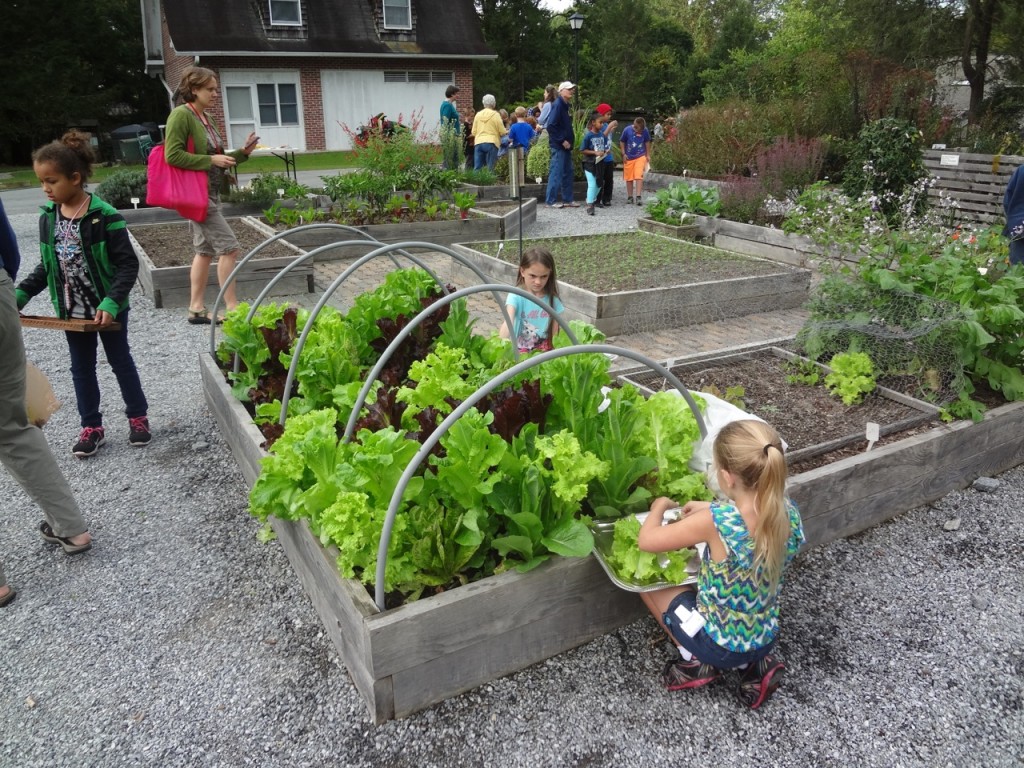
Every curriculum should begin with specific, measurable goals. Some key learning objectives might include:
- Understanding plant life cycles and soil biology.
- Learning how to grow fruits, vegetables, and herbs organically.
- Exploring concepts like composting, water conservation, and biodiversity.
- Developing planning and time-management skills through seasonal gardening.
- Connecting garden work with classroom subjects such as biology, geography, history, and art.
Tip: Align goals with national or local education standards to ensure compatibility with your school’s academic framework.
3. Design Age-Appropriate Modules
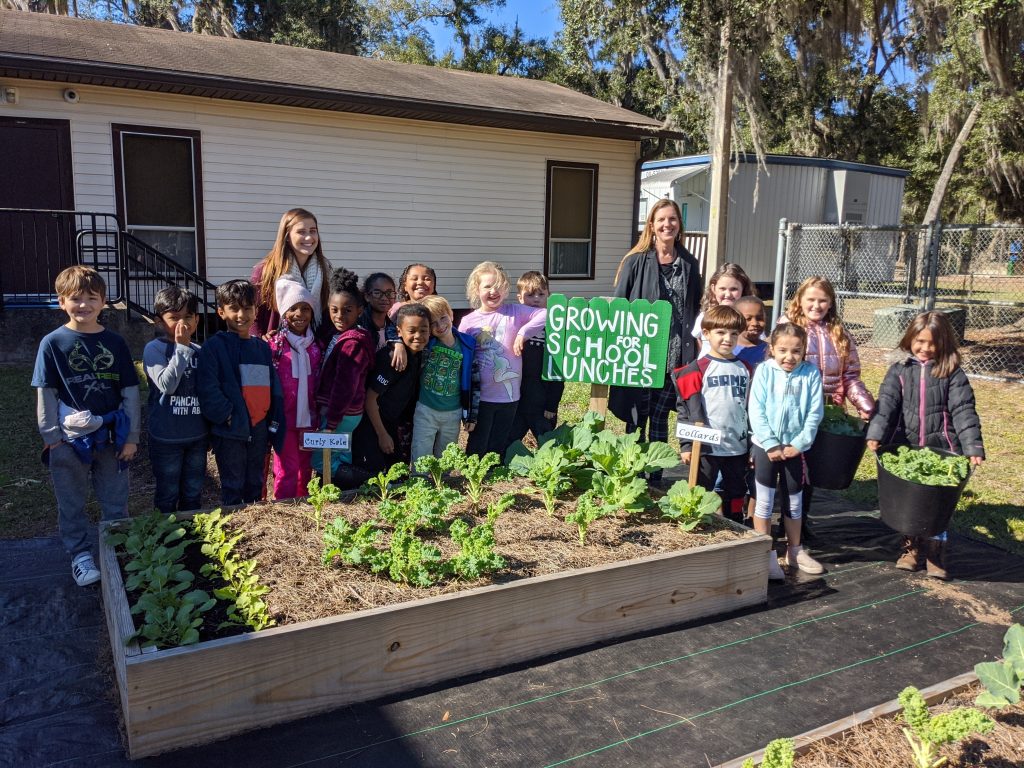
The curriculum should be customized by age group:
For Early Childhood (Ages 4–7):
- Activities: Seed sorting, sensory plant exploration, watering, drawing plants.
- Focus: Introduction to nature, basic plant needs (sun, water, soil).
- Subjects: Art, colors, counting, storytelling through garden themes.
For Elementary (Ages 8–12):
- Activities: Measuring plant growth, learning garden zones, composting basics.
- Focus: Plant biology, nutrition, food chains.
- Subjects: Math (charting growth), science (life cycles), English (garden journaling).
For Middle to High School (Ages 13–18):
- Activities: Designing garden layouts, soil testing, climate analysis, community outreach.
- Focus: Sustainability, climate change, entrepreneurship (selling produce).
- Subjects: Environmental science, economics, chemistry, technology (smart irrigation).
4. Develop a Seasonal Garden Calendar
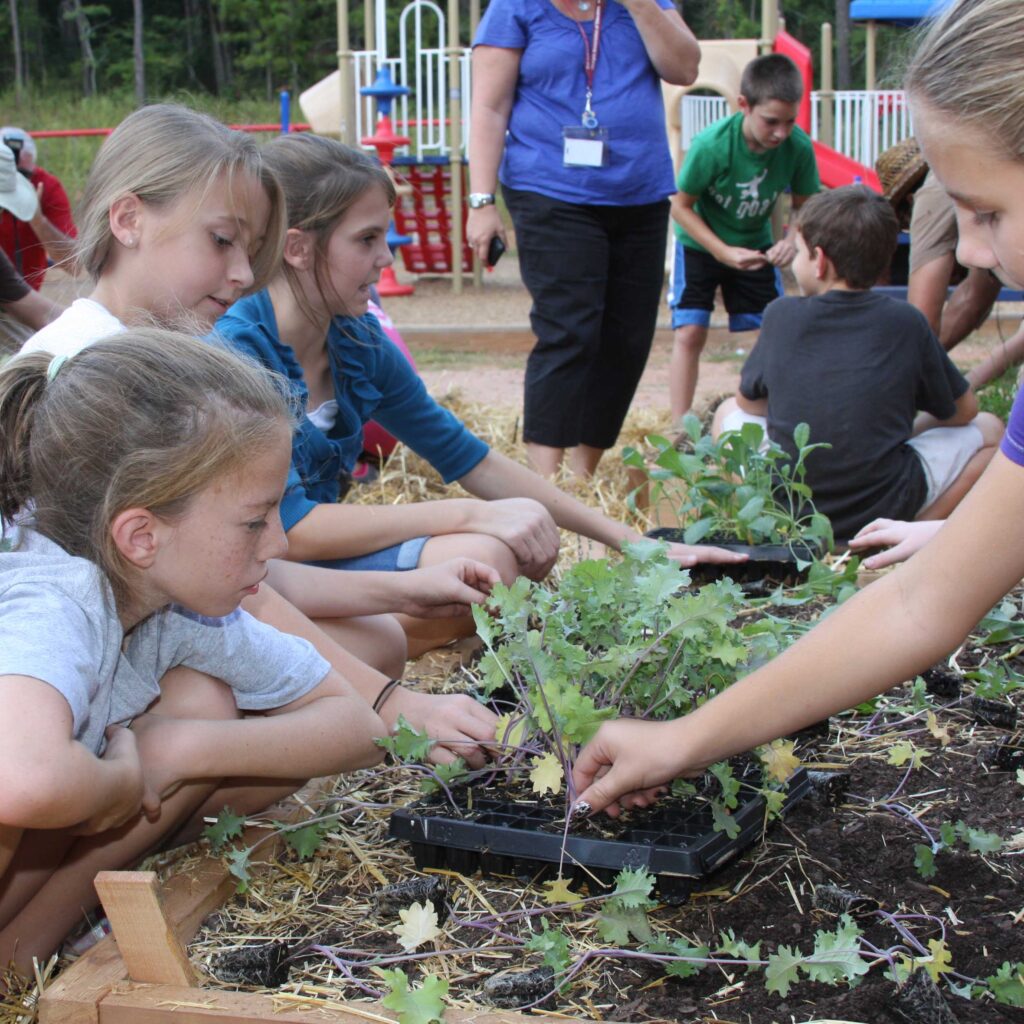
An essential part of the curriculum is a seasonal planting schedule that reflects local climate conditions. Divide the year into four segments:
- Pre-planting (planning, soil prep, seed starting)
- Planting and cultivation
- Harvesting
- Reflection and composting
Each season can include theory, practice, and review. Activities may include:
- Spring: Starting seeds indoors, preparing beds.
- Summer: Monitoring watering systems, insect observations.
- Fall: Harvest festivals, saving seeds.
- Winter: Planning next year’s garden, analyzing garden journals.
5. Integrate Cross-Disciplinary Learning

The best school garden curriculums make gardening a hub of integrated learning:
- Science: Photosynthesis, soil chemistry, pest ecology.
- Math: Geometry for garden beds, statistics for plant growth tracking.
- History: Indigenous agriculture, crop origins, ancient farming methods.
- Geography: Climatic zones, global fruit trade.
- Art: Botanical drawing, garden-themed crafts.
- Language Arts: Journals, poetry, plant-based storytelling.
- Civics: Environmental policy, food justice, local government involvement.
6. Include Life Skills and Career Education
A garden teaches more than plants—it’s a tool for teaching life skills such as:
- Responsibility and time management (daily watering or garden logs).
- Teamwork (group bed assignments).
- Problem-solving (dealing with pests, weather).
- Nutrition and cooking (from harvest to plate).
- Career awareness (horticulture, agricultural science, environmental law).
Invite local farmers, chefs, nutritionists, or environmentalists to speak or mentor.
7. Incorporate Sustainability and Environmental Ethics
Make sustainability the ethical foundation of the garden:
- Compost food and garden waste.
- Use organic practices—no chemical fertilizers or pesticides.
- Collect rainwater and use mulching to conserve water.
- Grow native and pollinator-friendly plants.
- Encourage seed saving and plant diversity.
Include lessons on climate change, carbon footprint, and eco-friendly innovation in agriculture.
8. Build Community Engagement
A garden thrives when it’s a shared responsibility. Include:
- Parents and caregivers: Workshops, weekend garden hours.
- Teachers from all disciplines: To link their subjects with garden modules.
- Local experts and NGOs: For support, donations, and real-world perspectives.
- Students as leaders: Older students can mentor younger ones or manage garden clubs.
Bonus idea: Organize seasonal community harvest events or plant sales to raise funds.
9. Utilize Evaluation and Reflection Tools
To ensure the curriculum remains dynamic and relevant, build in assessment tools:
- Student garden journals: Daily logs, reflections, drawings.
- Project-based evaluations: Group presentations, model gardens, posters.
- Teacher observation rubrics: Participation, teamwork, understanding.
- Surveys and feedback forms: For students and staff.
Use this data to revise the curriculum annually and keep it responsive to student needs and evolving climate conditions.
10. Overcome Common Challenges
Some obstacles may include:
- Lack of space: Use raised beds, vertical gardening, or container gardening.
- Limited funding: Apply for education grants, organize fundraisers, or partner with local farms and nurseries.
- Time constraints: Integrate garden time into science periods or after-school clubs.
- Summer maintenance: Set up a summer rotation of volunteers, or grow crops that don’t need summer care.
Conclusion
Creating a school garden curriculum is more than a lesson plan—it’s a mission to reconnect children with the natural world, empower them with practical skills, and build a foundation for sustainable thinking. Whether in a rural setting or a city rooftop, gardens offer endless opportunities for academic enrichment, personal growth, and environmental responsibility. By thoughtfully integrating learning goals, community involvement, and ethical practices, educators can cultivate not only thriving plants—but thriving students.
